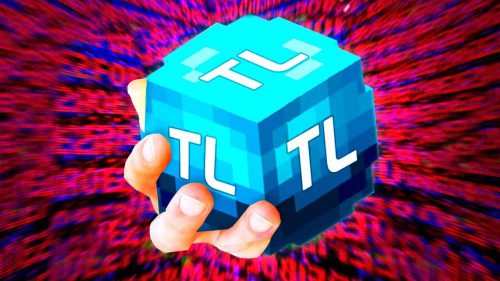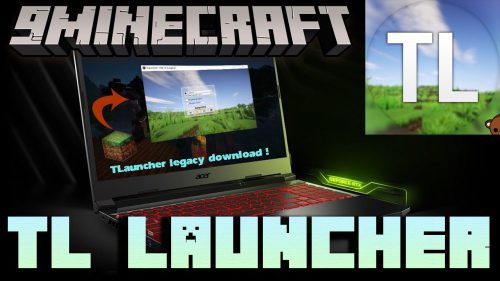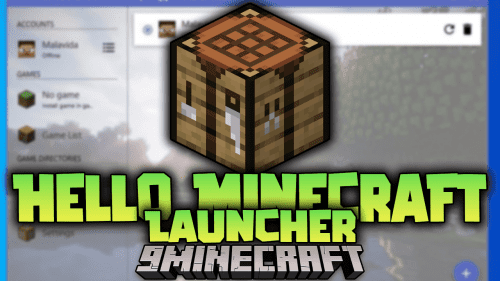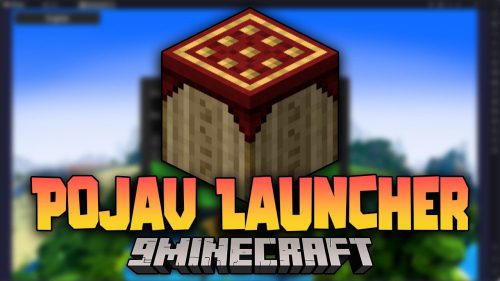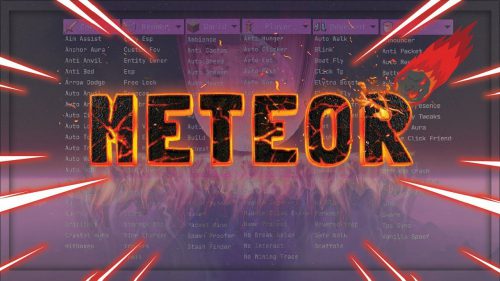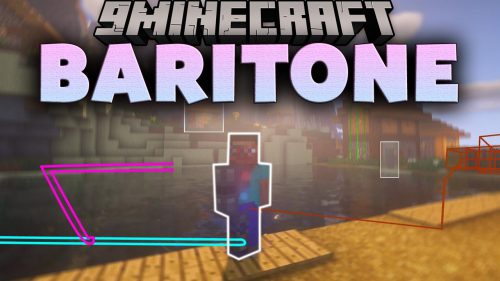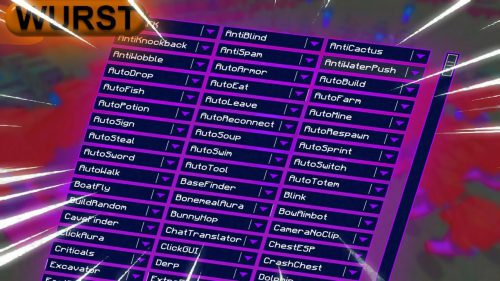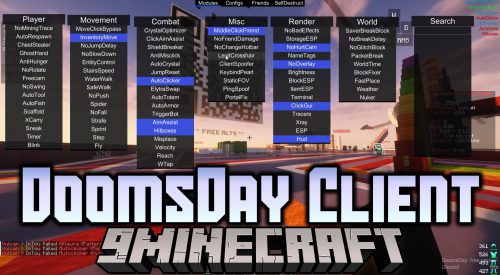NBT Tags for Wandering Trader – Wiki Guide
 352
352
 0
0
 January 8, 2024
January 8, 2024
This Minecraft tutorial explains the NBT tags (formerly called data tags) that you can use for a wandering trader in Minecraft Java Edition (PC/Mac) 1.16, 1.17, 1.18, 1.19 and 1.20.
TIP: If you are not running Minecraft Java Edition (PC/Mac) 1.16/1.17/1.18/1.19/1.20, find NBT tags for wandering trader in another version of Minecraft:
- Java Edition (PC/Mac) 1.14/1.15
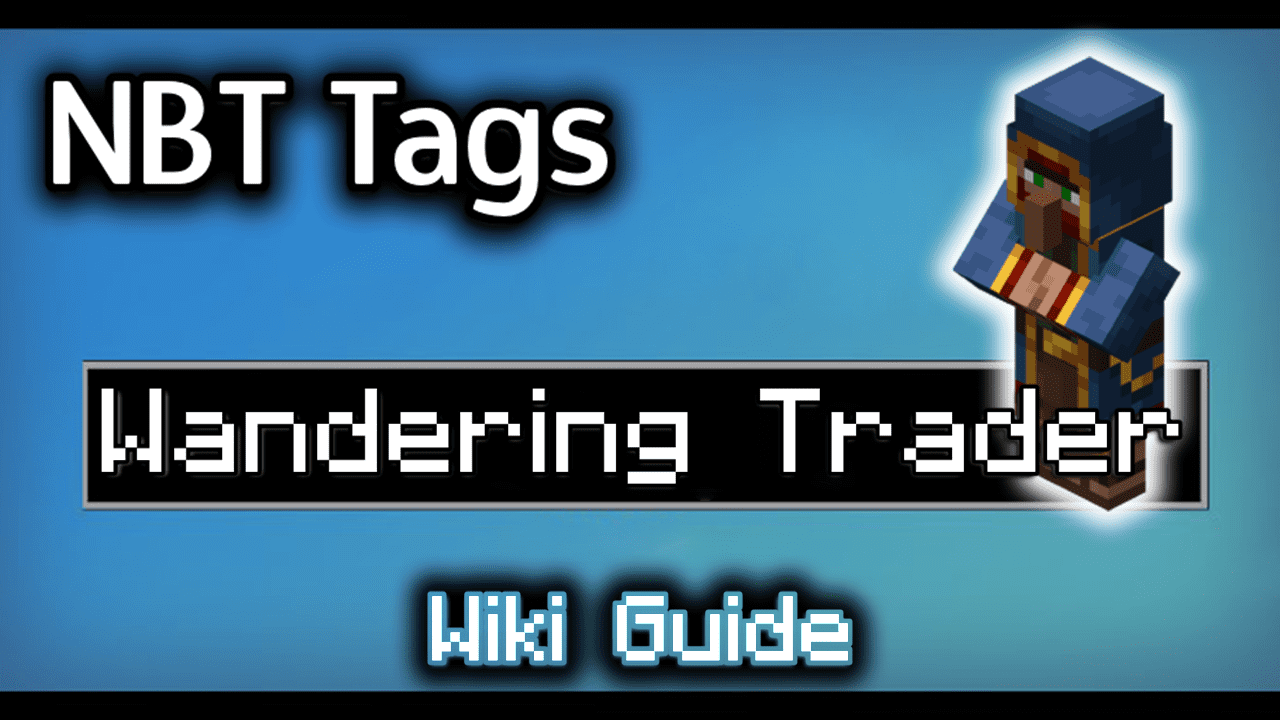
Background
In Minecraft Java Edition 1.16, 1.17, 1.18, 1.19 and 1.20, the entity value for a wandering trader is wandering_trader. The wandering_trader entity has a unique set of NBT tags that can be used in Minecraft commands such as: /summon and /data.

TIP: When you summon a wandering trader, only the wandering trader spawns. It does not spawn the trader llamas that are normally seen leashed to the wandering trader.
What are NBT tags (formerly called Data Tags)?
NBT tags allow you to set certain properties of an entity (such as wandering_trader). The NBT tag is always surrounded in {} such as {CustomName:”\”Joe\””}. If there is more than one NBT tag used in a game command, the NBT tags are separated by a comma such as {CustomName:”\”Joe\””, NoAI:1}.
List of NBT Tags
Here is a list of the NBT tags that you can use for wandering_trader in Minecraft Java Edition (PC/Mac) 1.16, 1.17, 1.18, 1.19 and 1.20:
| NBT Tag | Value (Description) | Works With |
|---|---|---|
| Offers | Lists the custom trades for the wandering trader. “buy” is the first item to buy “buyB” is optional and is the second item to buy “sell” is the item that is sold by the wandering trader “id” is the Minecraft ID for the item “Count” is the number of items “maxUses” is the number of times that the trade can be done before it is unavailable “xp” is the amount of experience earned by a player for performing the trade “uses” is the number of time this trade has been completed “priceMultiplier” is the price multiplier to apply to the trade “specialPrice” determines the special price for the trade “demand” is the demand for the trade “rewardExp” determines whether the player is rewarded with xp (the amount of experience set in the “xp” tag) after completing the trade Syntax where trade is: Example (1 trade) Example (2 trades) |
/summon /data |
| LeftHanded |
0 (The wandering trader is right-handed) Example |
/summon /data |
| CustomName |
name (The name to assign to the wandering trader) Example |
/summon /data |
| Health |
number (The number of health points the wandering trader has) Example |
/summon /data |
| AbsorptionAmount |
number (The number of absorption health points the wandering trader has) Example |
/summon /data |
| Invulnerable |
0 (The wandering trader will take damage like normal) Example |
/summon /data |
| PersistenceRequired |
0 (The wandering trader will despawn naturally) Example |
/summon /data |
| NoAI |
0 (The wandering trader will have artificial intelligence and will move/behave like normal) Example |
/summon /data |
| Silent |
0 (The wandering trader will make its usual noises in the game) Example |
/summon /data |
| Fire |
ticks (The number of game ticks until the wandering trader is no longer on fire – there are 20 ticks in a second) Example |
/summon /data |
| PortalCooldown |
ticks (The number of game ticks until the wandering trader can go through a portal again – there are 20 ticks in a second) Example |
/summon /data |
| Air |
ticks (The number of game ticks the wandering trader has air left for) Example |
/summon /data |
| id |
wandering trader (The entity value used to represent a wandering trader in the Passengers tag) Example |
/summon |
| Passengers |
The mob that is riding on the wandering trader. Use the entity value for the passenger mob Example of skeleton as passenger |
/summon /data |
NBT Tag Examples
To summon a wandering trader that is named Joe:
/summon wandering_trader ~ ~ ~ {CustomName:"\"Joe\""}
To summon a wandering trader that trades 6 emeralds for 1 diamond chestplate:
/summon wandering_trader ~ ~ ~ {Offers:{Recipes:[{buy:{id:emerald,Count:6}, sell:{id:diamond_chestplate,Count:1}, maxUses:9999999}]}}
Target Selectors
Before we finish discussing data tags, let’s quickly explore how to use the @e target selector. The @e target selector allows you to target entities in your commands. If you use the type=wandering_trader value, you can target wandering traders:
@e[type=wandering_trader]
Target Selector Examples
To change the name of the nearest wandering trader to Joe:
/data merge entity @e[type=wandering_trader,limit=1,sort=nearest] {CustomName:"\"Joe\""}
To kill all wandering traders:
/kill @e[type=wandering_trader]
Next, learn how to use the game commands in Minecraft.
Command Examples
Here are some game command examples for a wandering trader in Minecraft:

